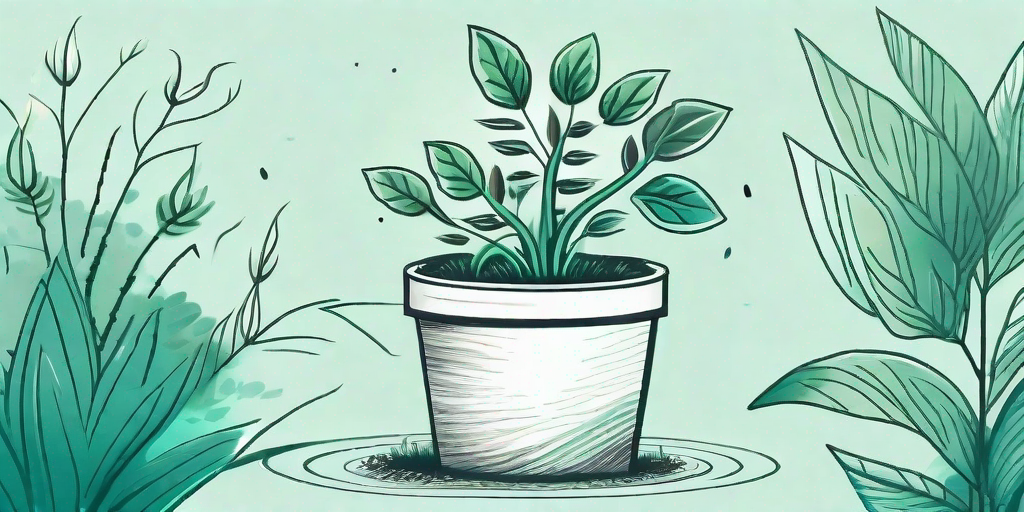
Ah, the humble seed. It's hard to believe that such a tiny thing could grow into a thriving, beautiful plant. But with a little TLC, and a sprinkle of patience, you too can transform your garden into a verdant paradise. Let's embark on this green-fingered journey together, shall we?
Choosing Your Seed
First things first, you need to decide what kind of plant you want to grow. This is like choosing a pet, but without the need to take it for walks or clean up after it. Unless it's a Venus Flytrap, in which case, you might have to feed it flies. But we digress.
Consider the climate and soil conditions in your garden. Some plants love the sun, while others prefer the shade. Some like it hot, some like it cold. Some are fussy eaters, while others will happily munch on any old dirt. It's a veritable plant dating game out there.
Research is Key
Once you've narrowed down your options, it's time to do some research. Find out what kind of care your chosen plant needs. Does it need a lot of water? Does it prefer acidic soil? Does it need to be sung to sleep every night? (Okay, maybe not that last one).
Remember, knowledge is power. The more you know about your plant, the better you can care for it. And the better you care for it, the more likely it is to grow into a healthy, thriving plant.
Planting Your Seed
Now that you've chosen your seed and done your homework, it's time to get your hands dirty. Literally. You're going to be planting that seed in the ground, after all.
First, you'll need to prepare the soil. This involves removing any weeds or rocks, and adding compost or fertilizer if necessary. Think of it as giving your seed a comfy bed to sleep in.
Depth Matters
Next, you'll need to plant your seed at the right depth. This is crucial, as planting it too shallow or too deep can prevent it from germinating. As a general rule of thumb, seeds should be planted at a depth twice their size. But remember, rules are made to be broken, so check the seed packet for specific instructions.
Once your seed is snugly tucked in its bed, give it a good watering. But be gentle – you don't want to wash away the soil or drown the seed. Think of it as tucking your seed in with a bedtime story and a glass of water.
Caring for Your Plant
Now comes the hard part: waiting. It can take days, weeks, or even months for your seed to sprout. But don't worry, it's not you, it's them. Seeds are just slow like that.
While you're waiting, make sure to keep the soil moist, but not waterlogged. Think of it as giving your seed a spa day. Everyone loves a good spa day, right?
Patience is a Virtue
Eventually, your patience will be rewarded. One day, you'll look out your window and see a tiny green shoot poking out of the ground. Congratulations, you're now a plant parent!
From here on out, it's all about maintenance. Keep watering your plant, keep an eye out for pests, and make sure it's getting enough sunlight. And remember, plants, like people, have good days and bad days. So don't panic if your plant looks a little droopy one day. It's probably just having a bad hair day.
FAQs
How often should I water my plant?
It depends on the plant. Some plants, like cacti, prefer dry conditions, while others, like ferns, prefer moist conditions. As a general rule, it's better to underwater than overwater. Too much water can cause root rot, which is a death sentence for a plant.
What kind of soil should I use?
Again, it depends on the plant. Some plants prefer acidic soil, while others prefer alkaline soil. Some like sandy soil, while others like clay soil. Check the seed packet or do some research to find out what kind of soil your plant prefers.
Why isn't my seed sprouting?
Don't panic. Seeds can take a long time to sprout. If it's been a few weeks and you're not seeing any action, try moving the pot to a warmer location or watering it a little more. If all else fails, it might be time to try a new seed.
Conclusion
So there you have it, folks. From seed to success, growing a thriving stock plant for your garden is a journey of patience, care, and a little bit of luck. But the reward – a beautiful, healthy plant – is well worth the effort. So go forth, get planting, and may the green thumb be with you!















